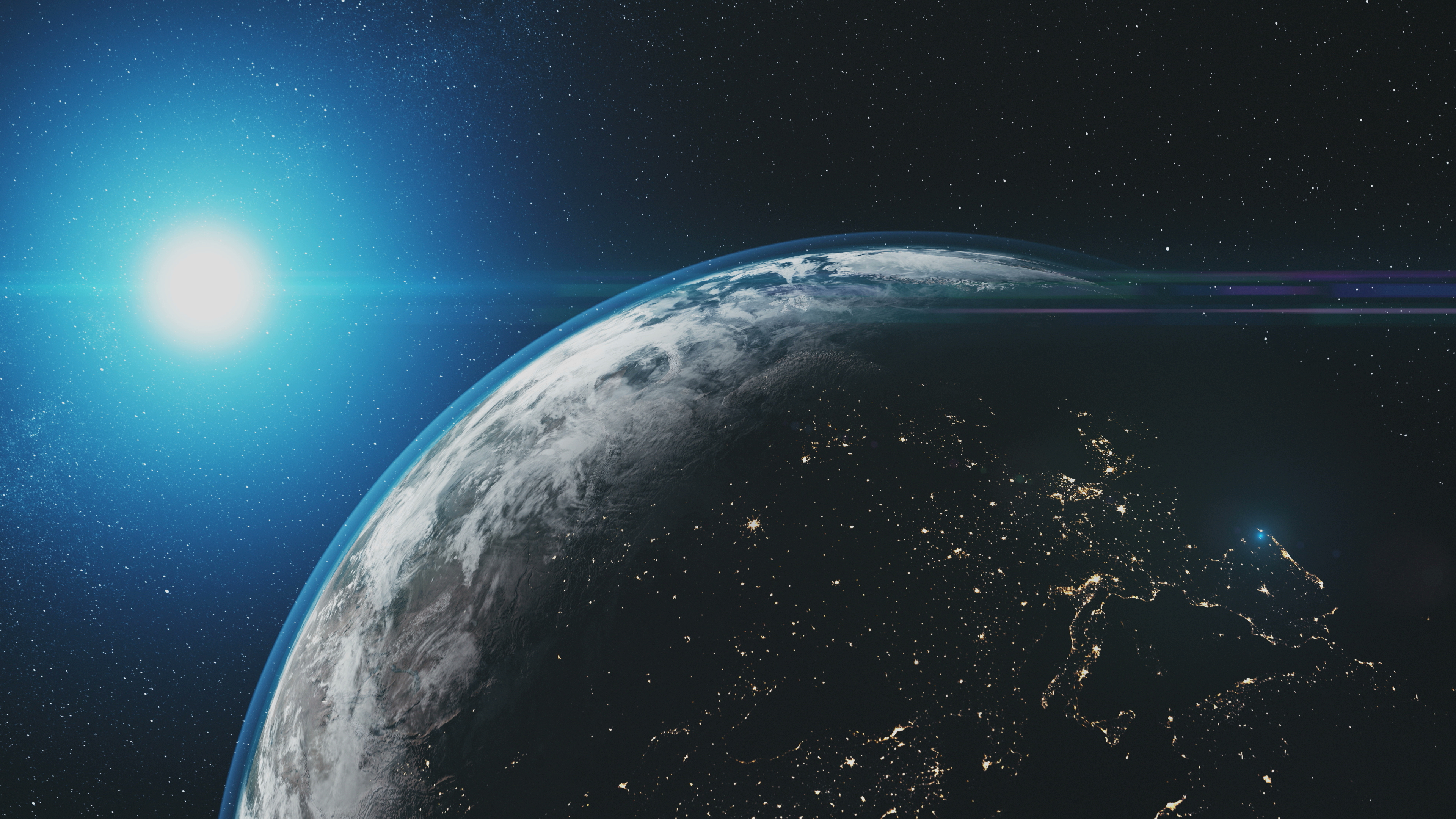Space Science & Technology

Space exploration missions are inherently multidisciplinary, requiring expertise from various engineering fields. SENG has developed a range of cutting-edge technologies, such as artificial intelligence, robotics, mechanics, environmental and natural hazard sensing, and biomedical technology, all of which can be applied to space missions. We aim to foster cross-disciplinary collaborations in space science research, focusing on: 1) the development of multi-modal satellite technologies and applications for environmental monitoring, hazard prediction and response, and sustainable development; and 2) the creation of scientific payloads for space station and lunar exploration.
China's space industry and technologies have made significant advancements. SENG has established close collaborations with several Chinese remote sensing companies to develop satellite data applications and space technology. The China National Space Administration (CNSA) has expanded opportunities for institutions to engage in space exploration projects, presenting substantial prospects for SENG to participate in future initiatives related to the space station, satellites, and deep space exploration.
Through close collaboration with space agencies in China and other countries, as well as professional organizations in space science and technology, SENG will contribute to the successful transfer of innovative research into space applications, including components, payloads, and systems. These technologies will enhance the capabilities of space science and advance space exploration.
